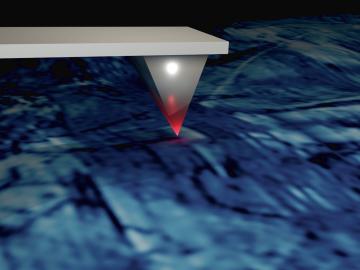
Filter News
Area of Research
News Type
News Topics
- 3-D Printing/Advanced Manufacturing (2)
- Artificial Intelligence (4)
- Big Data (4)
- Bioenergy (14)
- Biology (16)
- Biomedical (3)
- Biotechnology (2)
- Buildings (4)
- Chemical Sciences (4)
- Clean Water (2)
- Climate Change (21)
- Composites (1)
- Computer Science (10)
- Coronavirus (3)
- Cybersecurity (3)
- Decarbonization (14)
- Energy Storage (2)
- Environment (26)
- Exascale Computing (3)
- Frontier (4)
- Fusion (4)
- Grid (2)
- High-Performance Computing (7)
- Hydropower (3)
- Isotopes (1)
- ITER (1)
- Machine Learning (4)
- Materials (8)
- Materials Science (4)
- Mercury (1)
- Microscopy (7)
- Nanotechnology (3)
- National Security (7)
- Net Zero (2)
- Neutron Science (3)
- Nuclear Energy (3)
- Partnerships (1)
- Physics (2)
- Polymers (1)
- Quantum Computing (5)
- Quantum Science (3)
- Security (2)
- Simulation (3)
- Summit (4)
- Sustainable Energy (13)
- Transportation (3)
Media Contacts
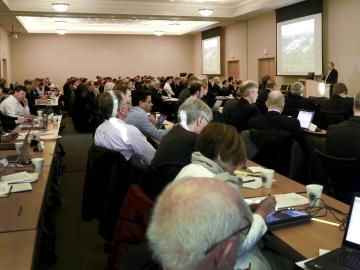
Moving advanced nuclear reactors from the drawing board to the field was the focus of the Advanced Reactors Technical Summit III, hosted by the Department of Energy’s Oak Ridge National Laboratory and attended by 180 experts from industry, government and academia. The conference, ...
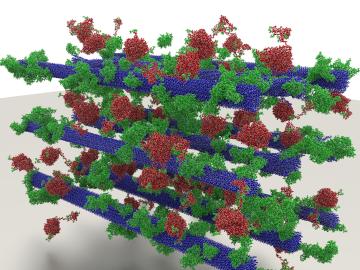
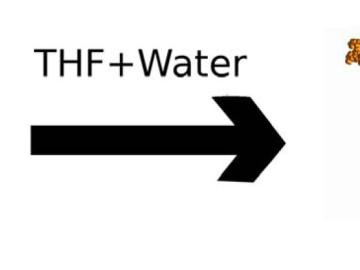
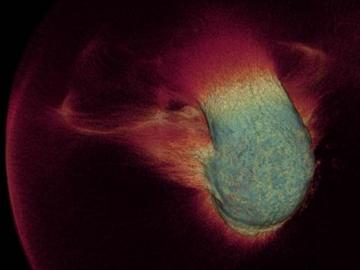
Since lasers were first produced in the early 1960s, researchers have worked to apply laser technology from welding metal to surgeries, with laser technology advancing quickly through the last 50 years. Surgery, chemotherapy, and radiation therapy all play important roles...
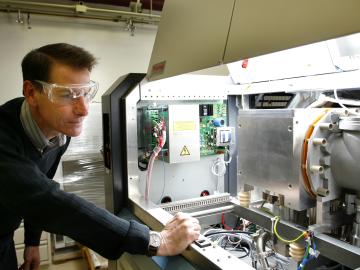
A group of nuclear detectives at the Department of Energy’s Oak Ridge National Laboratory takes on tough challenges, from detecting illicit uranium using isotopic “fingerprints” to investigating Presidential assassination conspiracies.
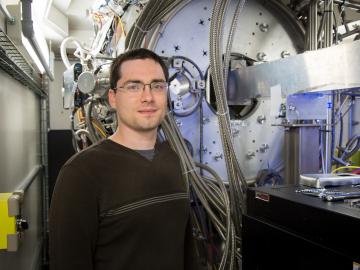
Rechargeable batteries power everything from electric vehicles to wearable gadgets, but obstacles limit the creation of sleeker, longer-lasting and more efficient power sources. Batteries produce electricity when charged atoms, known as ions, move in a circuit from a positive end ...
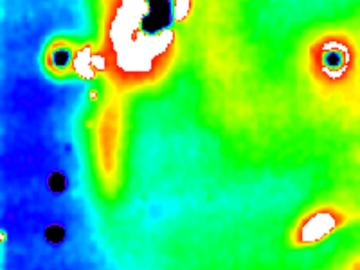

The International Union for Pure and Applied Chemistry has announced formal verification of four new chemical elements, recognizing the Department of Energy’s Oak Ridge National Laboratory and its collaborators for the discovery of elements 115 and 117. In their r...
